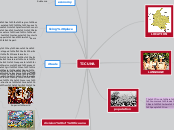по Brenda Guadalupe Castillo López 6 лет назад
287
Estadistica
Inferential statistics is a key area in statistics that involves making predictions or inferences about a population based on a random sample of data. This is particularly useful when it is impractical or impossible to examine every member of the entire population.









